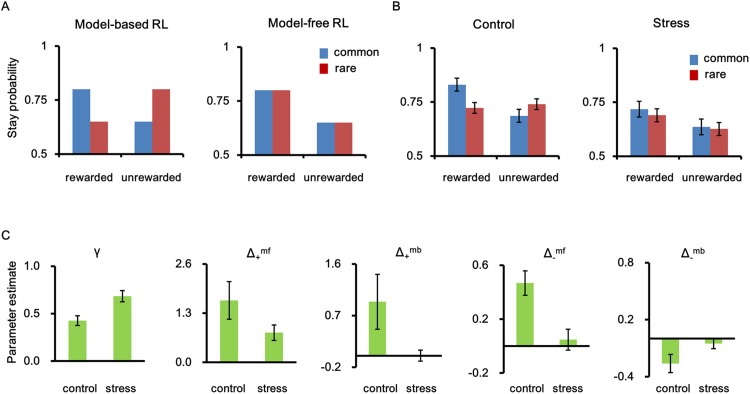Fig 2. The effects of stress on decision-making.
(A) The hypothetic results of stay-shift analysis expected for model-based (left) and model-free (right) reinforcement learning. (B) The behavioral results of stay-shift analysis. Participants’ task performance in control condition showed characteristics of both model-free and model-based influences, while stressed participants showed stronger characteristic of model-free reinforcement learning. The stress × reward × transition interaction, p = .004. (C) The results of parameter estimation of a reinforcement learning model. Stress heightened the discount factor, γ (which means stress declined the learning rate) (p = .002) and boosted only model-free tendency to switch to a different option after no reward (Δ_mf) (p < .001). Error bars represent SEM. Δ+mb Δ_mb, and Δ+mf are parameters of the RL model which indicate the model-based tendency after reward, the model-based tendency after no-reward, and the model-free tendency after reward, respectively.

